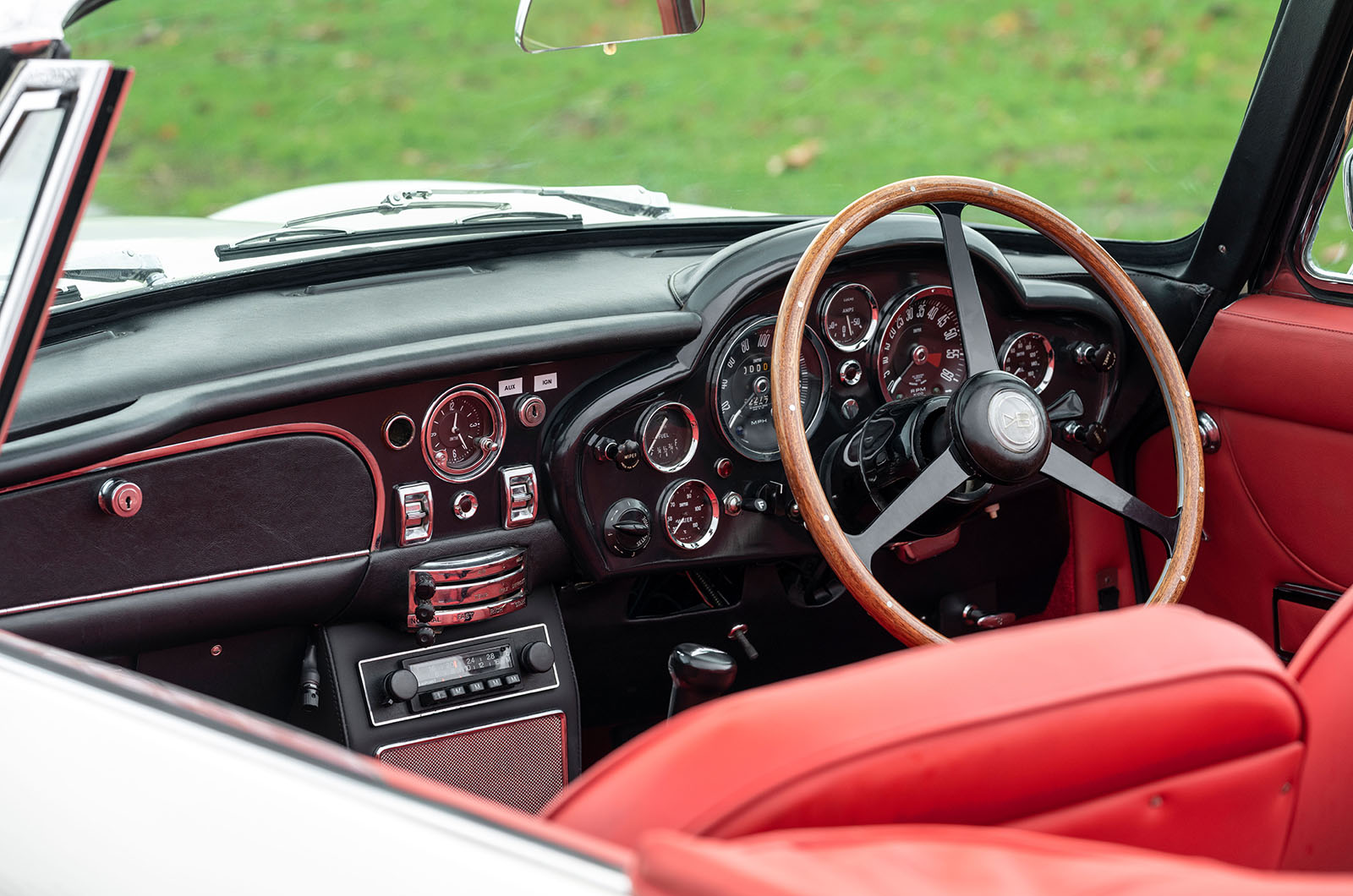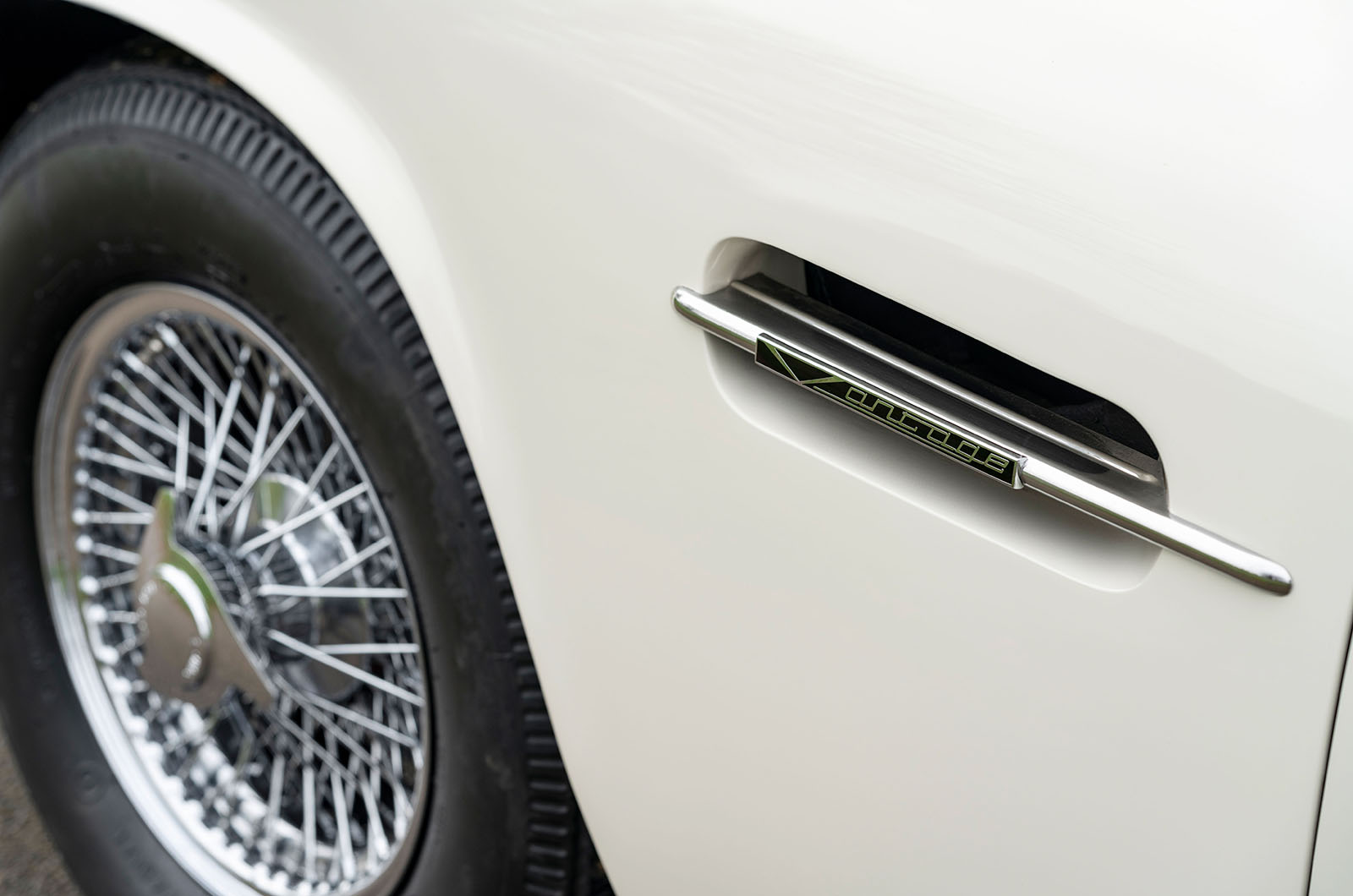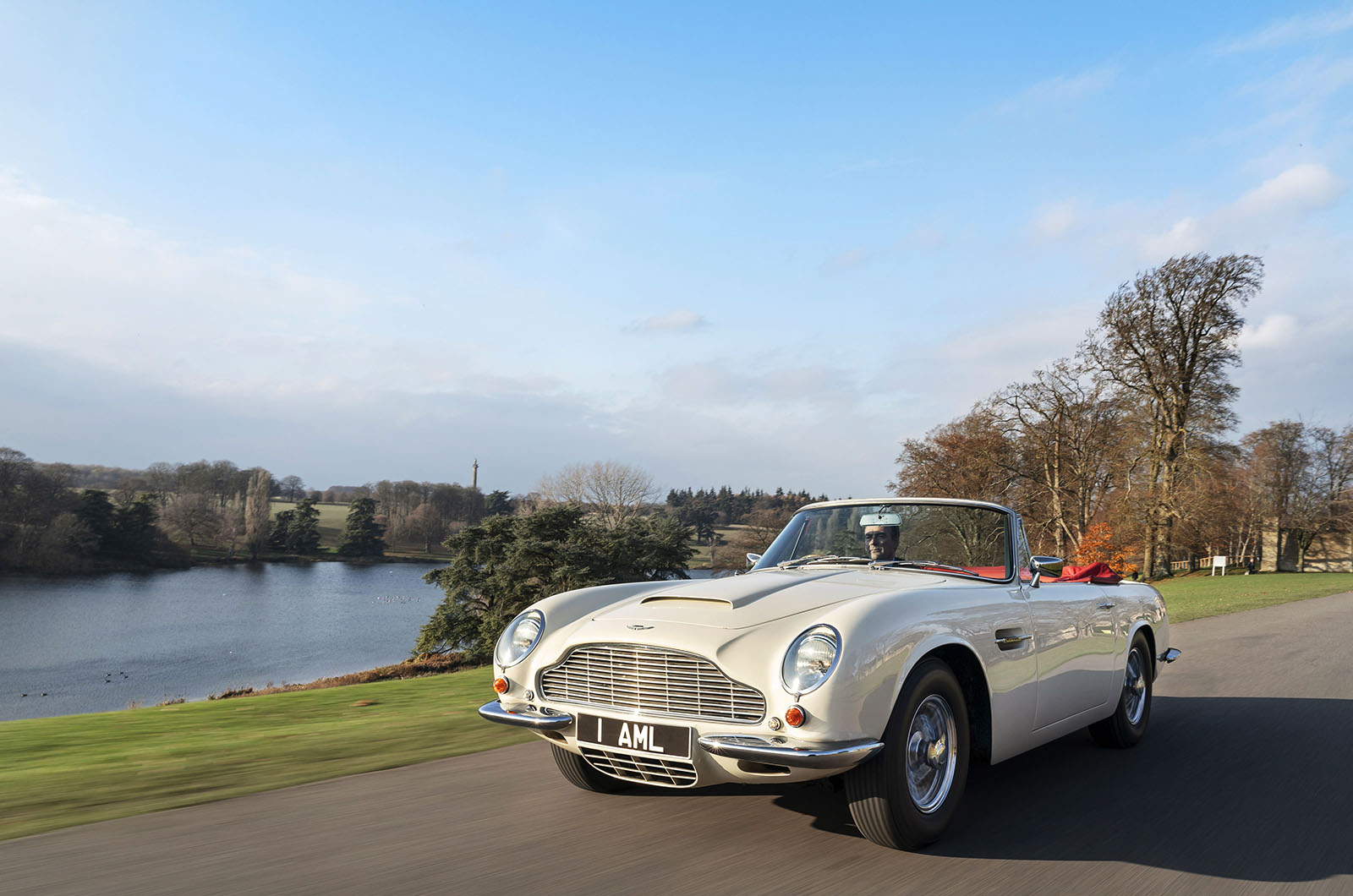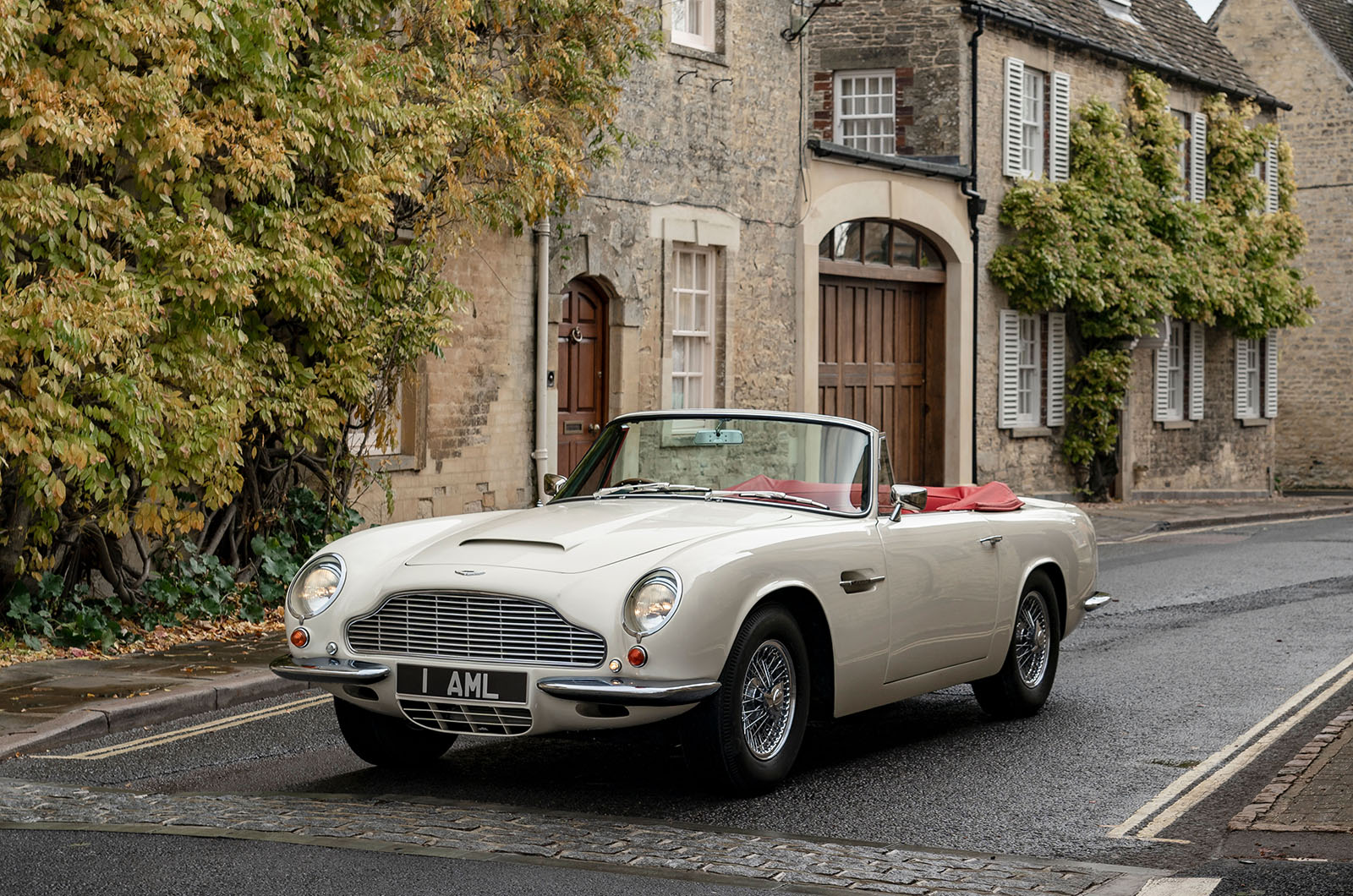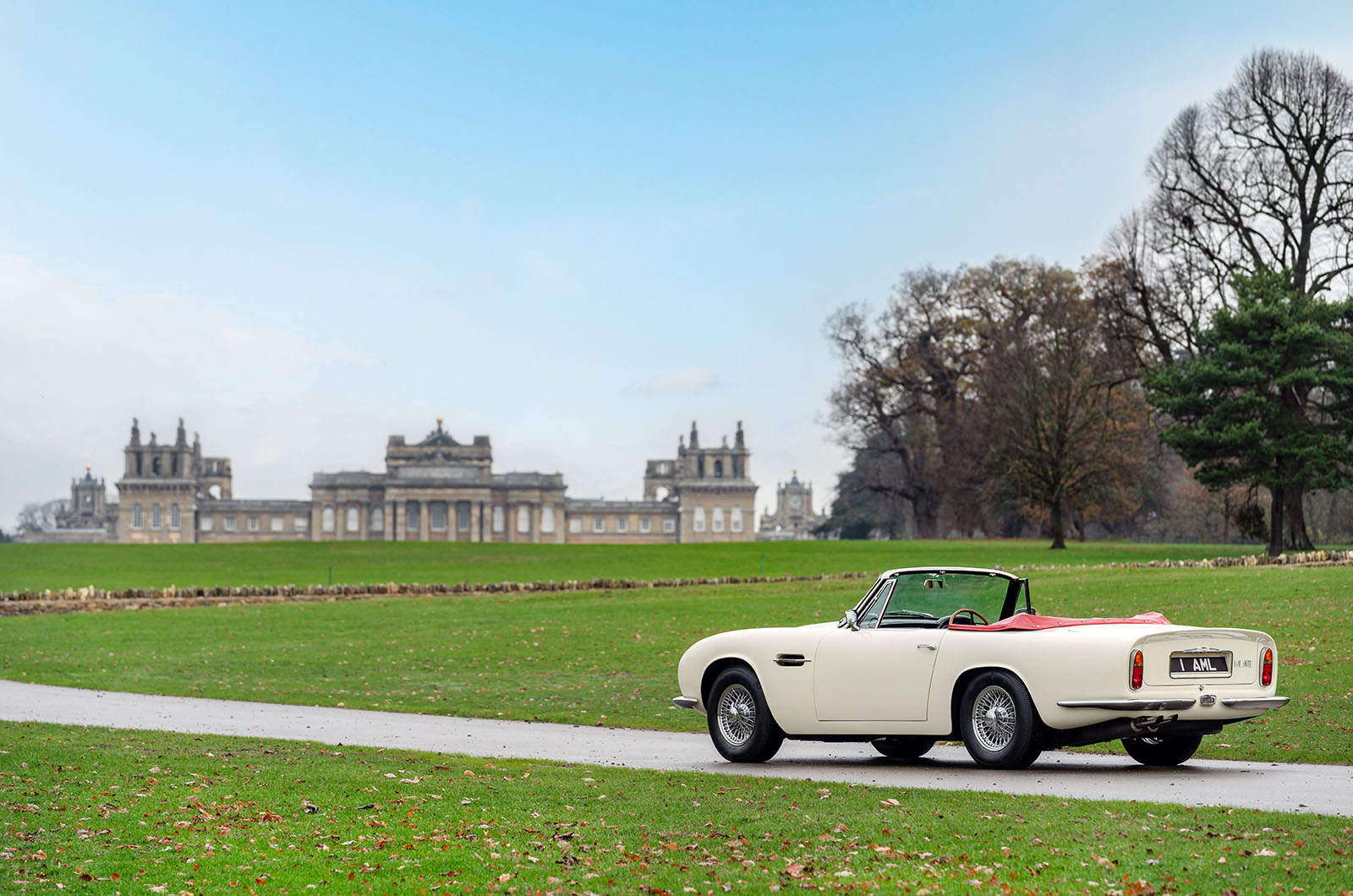
At first glance, you’d not think that this 1970 DB6 MkII Volante was anything other than a standard – albeit seemingly pampered – Aston Martin.
And that’s the point, because beneath its well-polished lines lies what its maker claims to be the world’s first reversible electric vehicle (EV) powertrain conversion.
Aston Martin certainly isn’t the first to bring alternative powertrains to much-loved classics – think Jaguar’s electric E-type and projects such as the electric MGB by RBW Classic Electric Cars. So how does it differ?
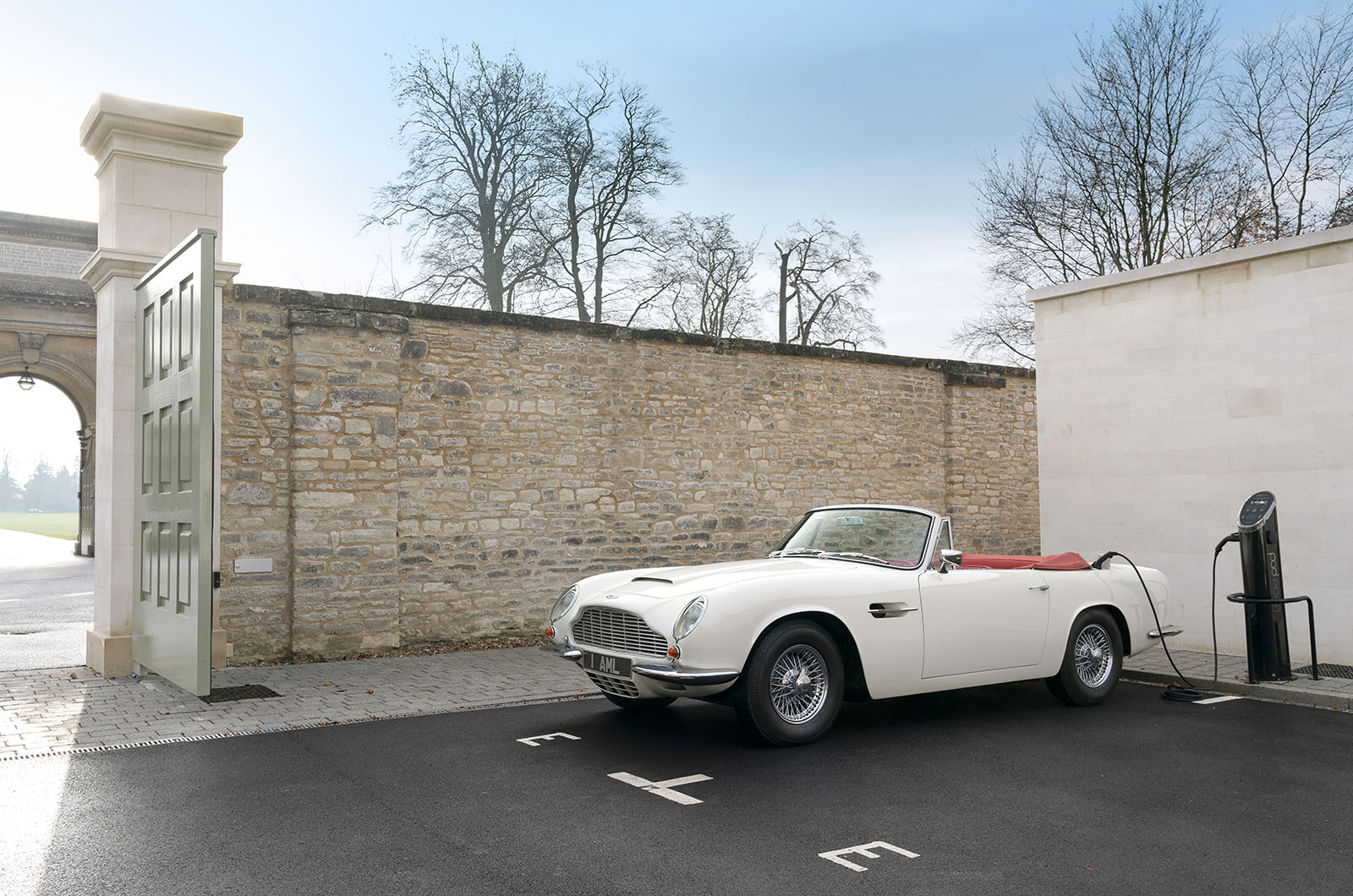
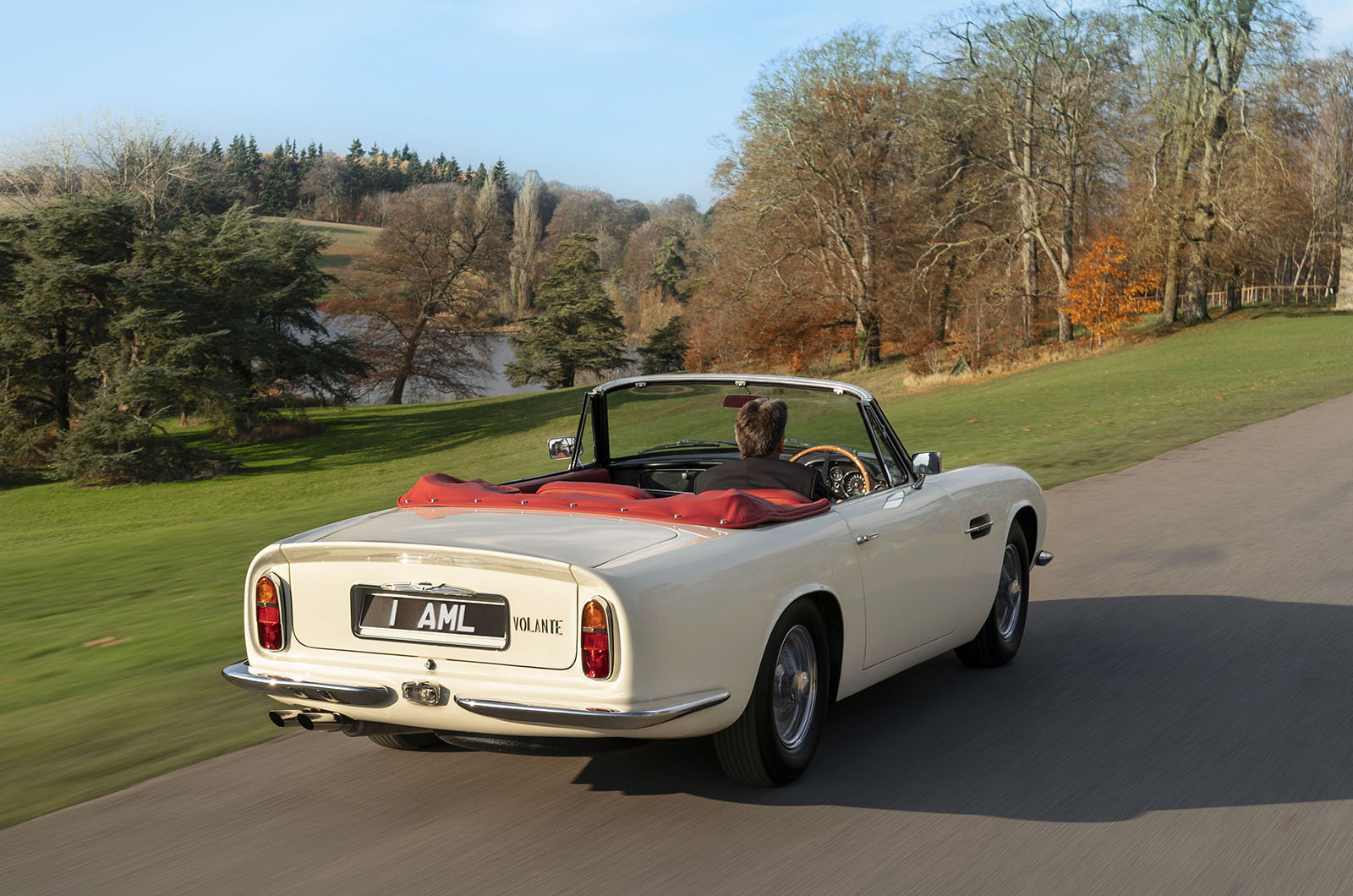
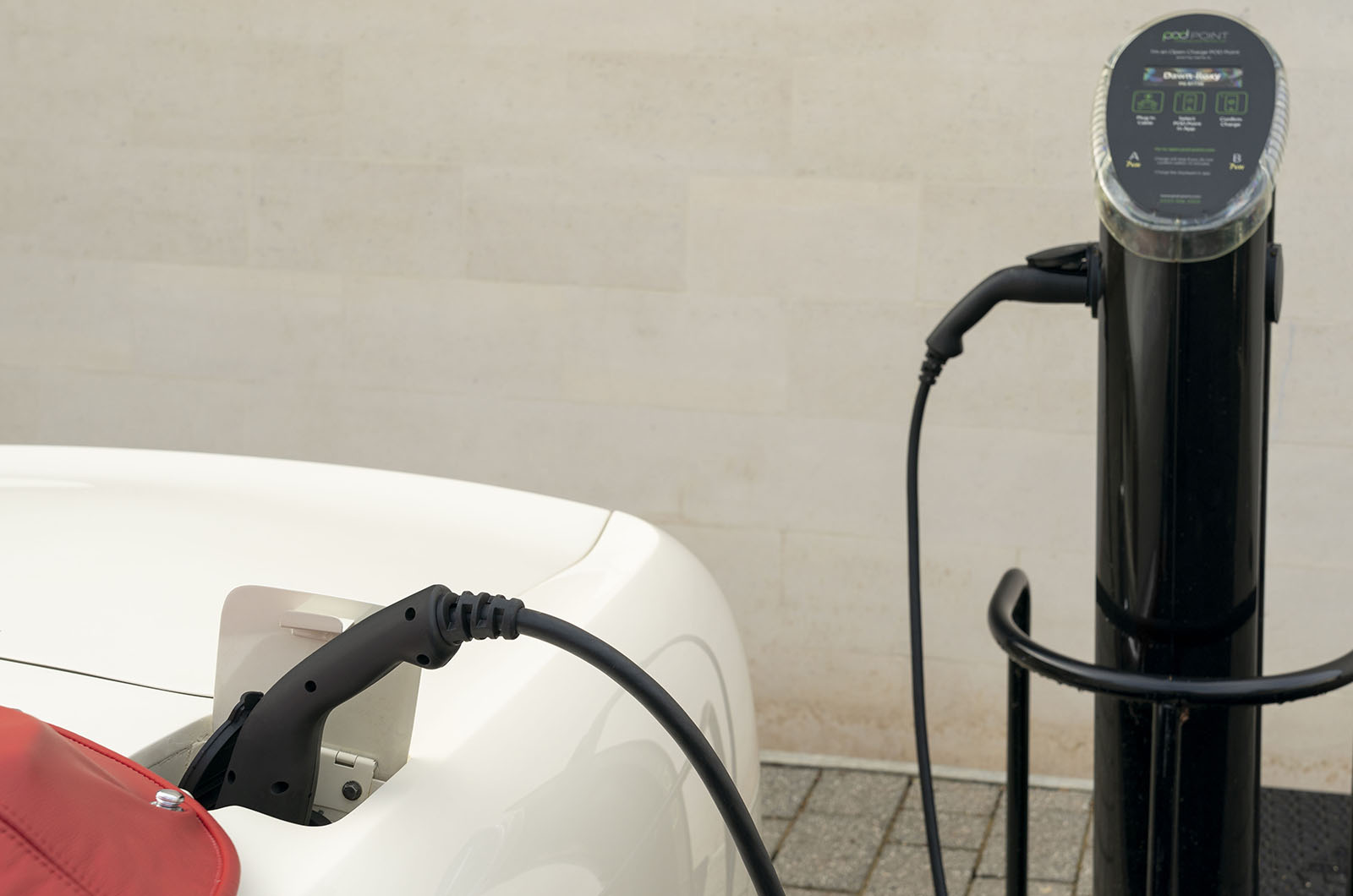
Classic, emissions-free motoring is Aston Martin’s proposal

